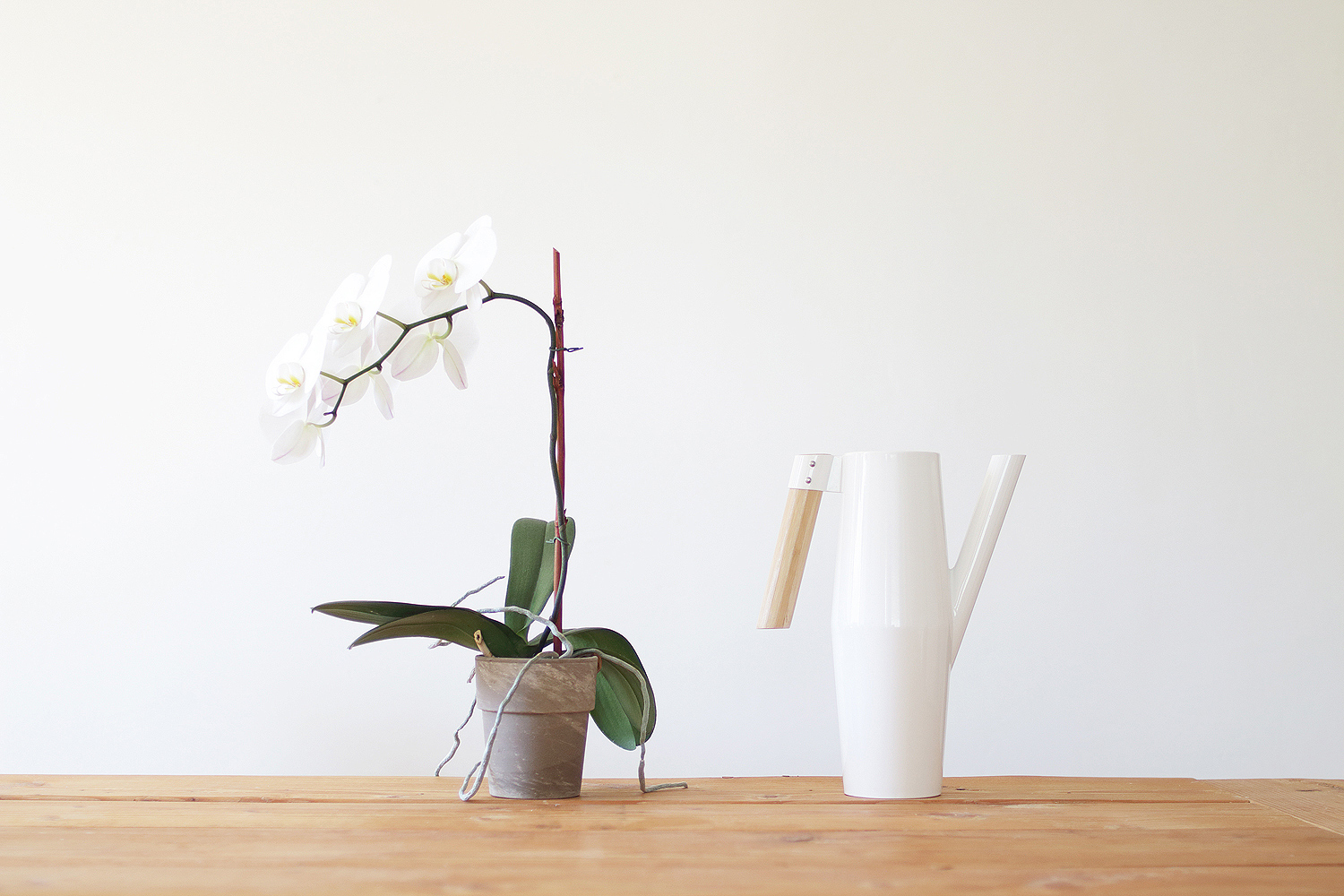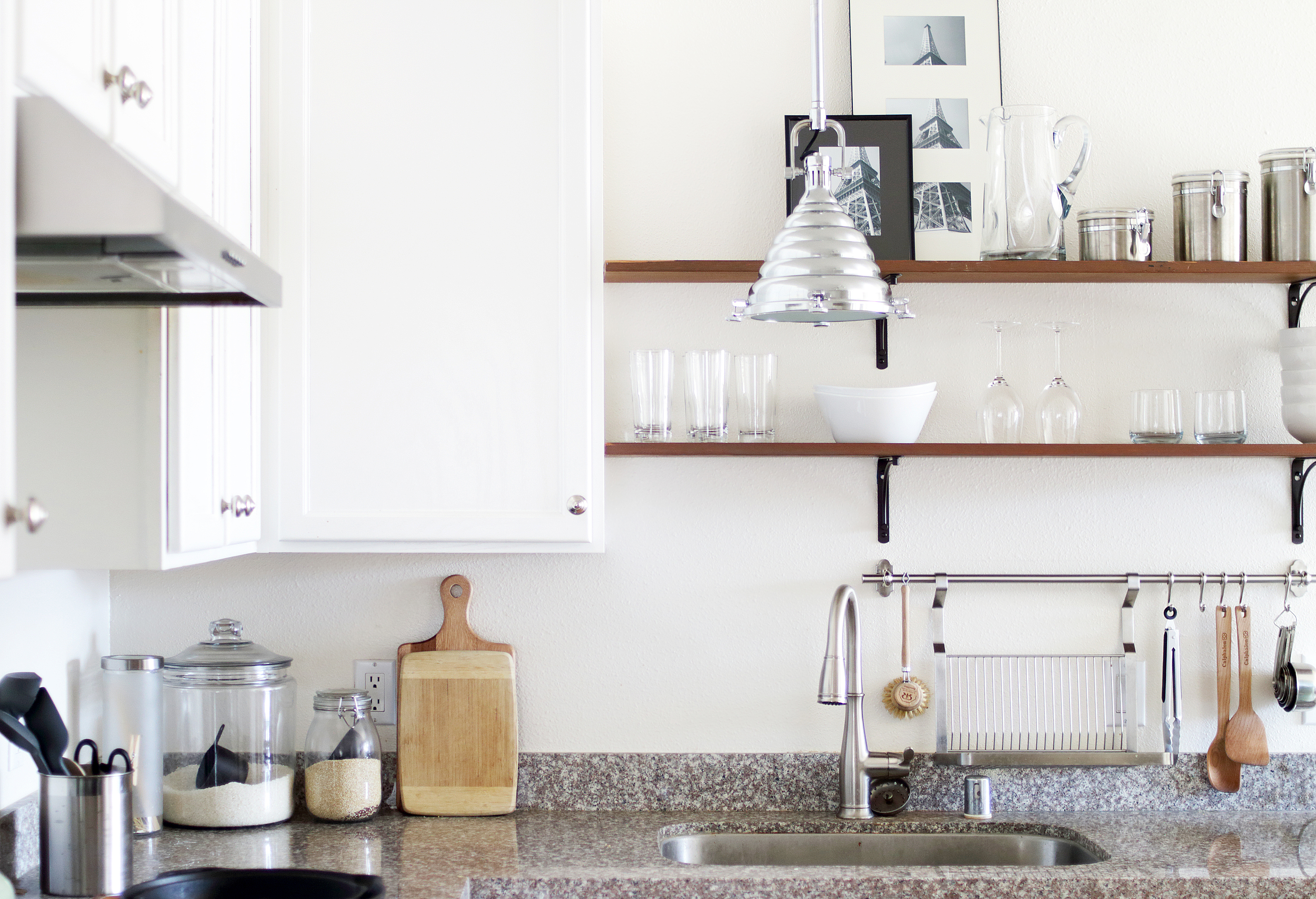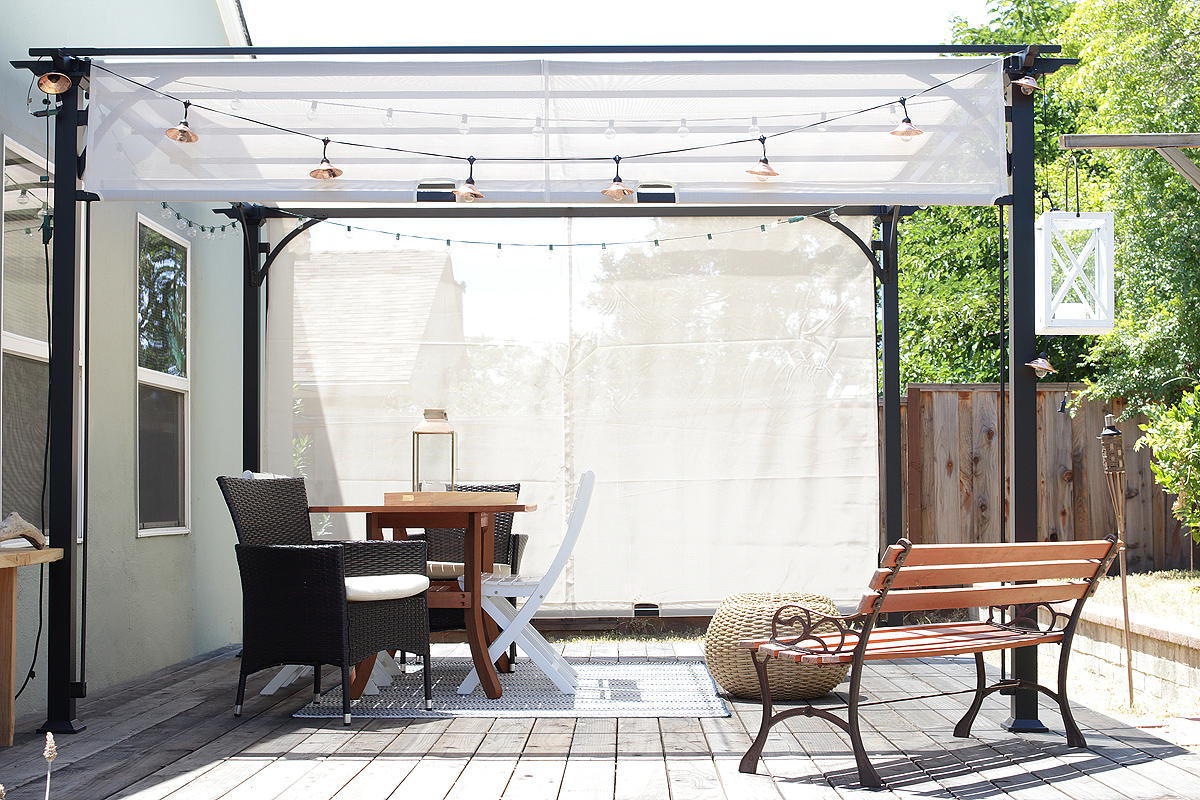Minimalism Doesn’t Mean Your Home Has to Look Like a Barren Wasteland
When you think of the word minimalism, it probably conjures up images of sterile white rooms with a single piece of furniture and a lightbulb hanging from the ceiling. Sure those types of rooms photograph well, but not many of us would enjoy living in these types of spaces. There is minimalism as a design style (which is wonderful but not for everyone) and then there is minimalism as a lifestyle philosophy. In this post I’m talking more about the latter.

As humans we naturally treasure our objects and belongings. Objects often carry value beyond their monetary worth. They are imbued with emotional significance and some of them will outlive us and be passed down to future generations. Assigning emotional value to an object is normal and natural, but when it becomes obsessive it can lead to unhealthy mental states and behaviors that include hoarding and serial shopping.
However, some people on the other end of the spectrum take minimalism to a place where it ceases to be healthy and joyful and becomes all about deprivation. Sure, you don’t necessarily NEED a dining table and eating your meals on the floor is not going to kill you, but it would probably get hard after a while and turn into a miserable experience.
For me minimalism is less so about denying everything that we deem unnecessary for our basic survival, and more about carefully considering what we own and evaluating whether it is useful or brings us joy. It’s about editing out the things that burden us to make room for things that matter to us.
Heartbreak and Hoarding
When I moved to California, I started attending a church that was comprised of many Japanese congregants who had gone through or had ancestors who had gone through internment during world war II. They grew up with a very real fear that at any point, everything they owned could be taken away. Many of my Japanese friends and their respective families developed hoarding habits as a result of this mindset which was incredibly heartbreaking but understandable.

I once helped a family who had a hoarding issue to clear out some of the items in their home in order to make more space for them to actually live. We went through piles of clothes that no longer fit or were out of style. We sorted through empty shoe boxes, crumbled paper bags, and old magazines. But during that process, something struck me. Under the piles and piles of useless junk, the family started finding treasures that they had long forgotten about. Family heirlooms with incredible history, beautiful china, gorgeous woven blankets and even handmade furniture. The travesty of hoarding is not just the accumulation of things. It’s the devaluing of things that actually matter.
So for those of you who are looking for a type of minimalism that is about simplicity and joy and not about deprivation, here are few practical rules that I use in my own life.
1. The 5 second rule
When sorting through things and deciding whether or not I want to keep them, I give myself 5 seconds to decide whether the object is important to me or not. If within 5 seconds I cannot find a use for it, if I can’t remember who gave it to me, or I feel little emotional connection to it, I will donate it, sell it or as a last resort, throw it in the recycling bin.
2. Have a shopping plan.
Sometimes the allure of sales or clearance sections can make you think you’re getting something great for cheap when you normally just end up with something that you didn’t really want or need in the first place. That’s why I rarely go shopping without an agenda. I usually have a list of things on my phone that I’m looking for for my home. That way I don’t get distracted by the peripheral eye candy. IKEA is especially dangerous for people with hoarding tendencies. The store is set up in such a way to make you want to buy something around every corner.
3. Use open shelving instead of cabinets.
Open shelving forces you to put your possessions on display. It’s a daily visual inventory of things you already own. This forces you to do a couple of things: It forces you to really consider the things you own. Is it beautiful? Is it useful? Does it bring me joy? You also minimize the risk of buying a duplicate of something because you see it everyday. Cabinets, while necessary, can easily become big dirty secrets where you can shove things inside and never think about them again. They provide the illusion of minimalism without actually implementing its principles. Below is a photo of my kitchen. I removed one of the cabinets and replaced it with open shelving. On the shelves I place all the dishes and items I use everyday. This way I can easily access them whenever I need to.

4. Build it yourself or upcycle.
While this is not always feasible, I always encourage my design clients to build something instead of buying it. When you build something, you have made an emotional investment that required time, sweat, and love. There is an unseen beauty that ties you to your creation. You’re less inclined to throw it away and replace it with something else. And you have the satisfaction and joy of knowing you did it yourself. You are creating an experience alongside your creation. And best of all, you can customize it to your needs and style. Below is an image of the deck I built in my backyard. It cost me less than $1500 in materials and it is made out of redwood which is both rot and pest resistant.

5. Think in years, not seconds.
When shopping or taking an inventory of things that I own, I try to think in years instead of seconds. I try to imagine if I will still enjoy and love this object years down the road, or will it be something that adds to the clutter. When I was in highschool, I would always get the clothes that everyone else was wearing. I would be tossed around by trends and fads until I had closet full of clothing that I didn’t enjoy wearing. Instead of purchasing clothing that fit my body and made me feel good, I bought clothes that often felt uncomfortable and looked tacky 1 year down the road. This applies to home furnishings too.
Ask yourself the same questions you would when purchasing clothing. Does it complement my home? Is it comfortable? Is it well made? Do I love it or do I just want it because that’s what everyone else has? I try to avoid getting caught up in home decor trends because these can be incredibly costly down the road. Sure, that $1,000 Wassily chair looked chic but my god, that thing is uncomfortable.
There are a lot ways to apply minimalism to your life. Maybe it’s not feasible to dive in completely, but even the application of a few minimalist philosophies can help make life a little more manageable and less overwhelming. Happy minimaliz-ing!